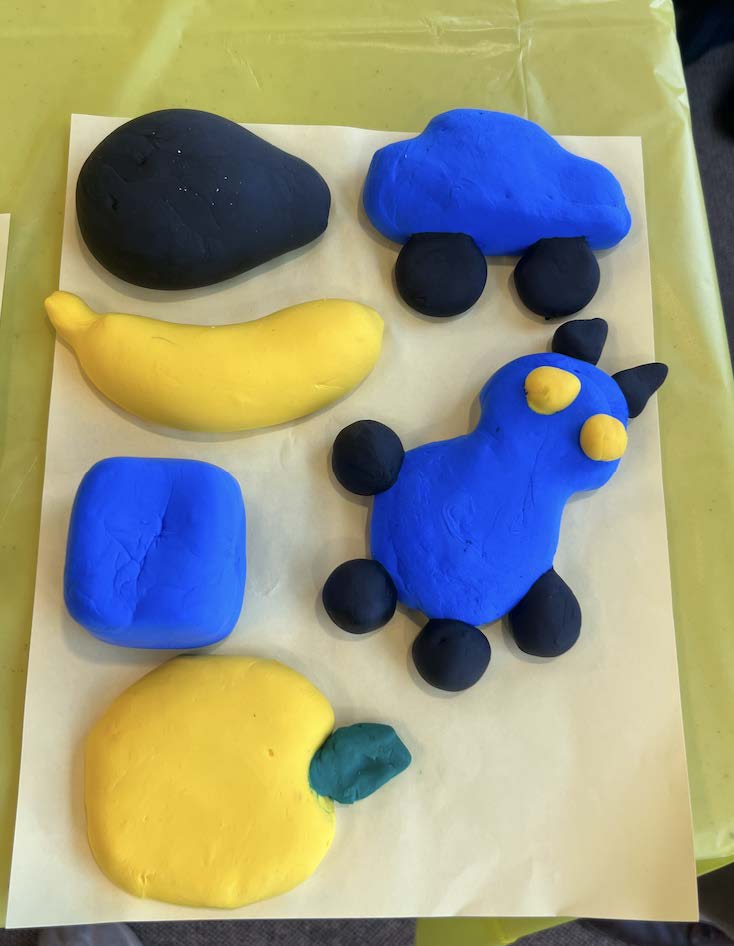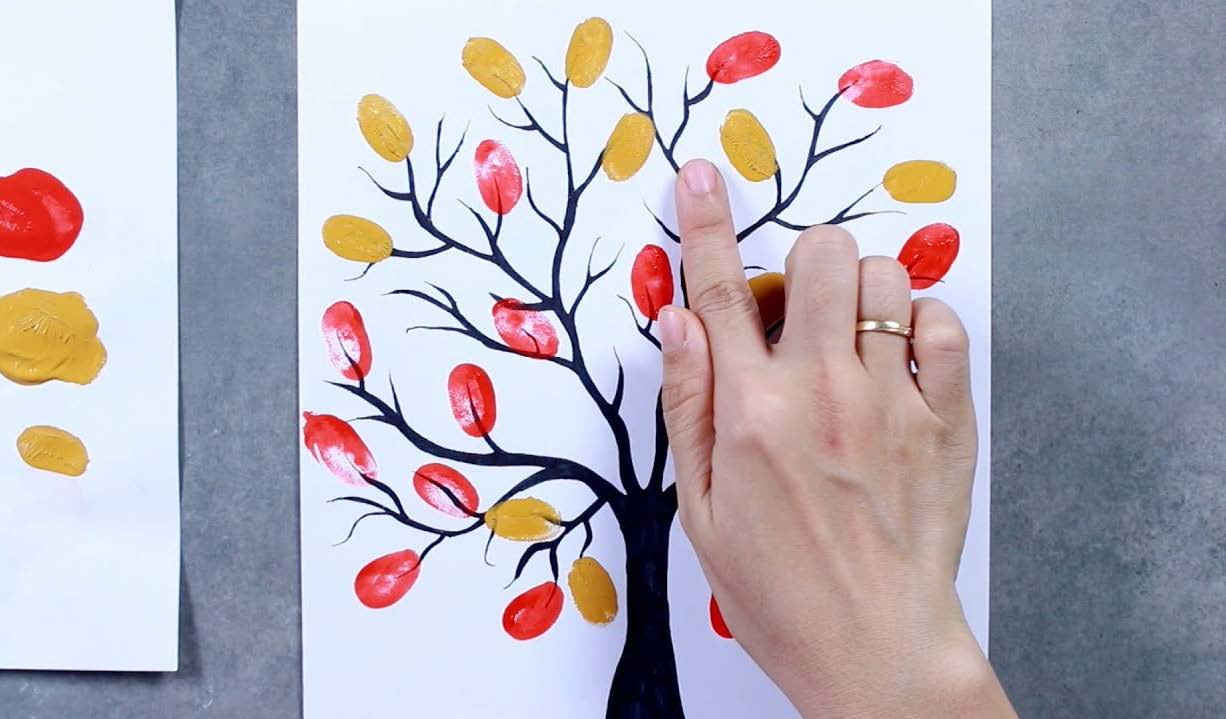Exploring Play-Doh, Clay, and Finger Painting
Art is a fantastic way to express identity, emotion, and creativity. For people with low vision, it can be even more immersive by engaging multiple senses. Here are five tips and tricks to try when having your next artistic session.
- Use Tactile Tools and Textures Engaging a sense of touch can provide a sense of fun and novelty for those with low vision. Try using materials like puff paint, yarn, and pipe cleaners to make raised and textured artwork that you can feel.
- Use Bold and High-Contrast Colors
With low vision, it is important to use sharp contrast to enhance visibility. Try using dark backgrounds with light or neon colors. When drawing, opt for bold markers or thick pencils to create darker and bolder lines that can be seen from afar.
- Use Adaptive Art Tools
Try to use paintbrushes and pencils with large handles. These are easier to hold and control, leading to an easier time drawing or painting. Use rulers or stencils to help make straighter lines or unique shapes.
- Focus on Multi-Sensory Projects
Use materials like clay or Play-Doh which allow the user to explore shapes and forms through touch. You can make bowls, vases, or even abstract sculptures - the opportunities are endless.
- Adapt Your Workspace
Make changes to your workspace to ensure a conducive environment for visualizing your artwork. Use bright lighting on matte surfaces to prevent glare, clearly label different containers, and consider draping your work surface to
prevent accidental damage.
Ready to get your hands dirty? Here are two examples of artwork made at our most recent Low
Vision Support Group event to give you inspiration.

Play-Doh sculptures of fruits, animals, and cars

Finger painting ideas - Trees, turkeys, flowers
Looking for more ideas? Here are some videos to give you inspiration:


